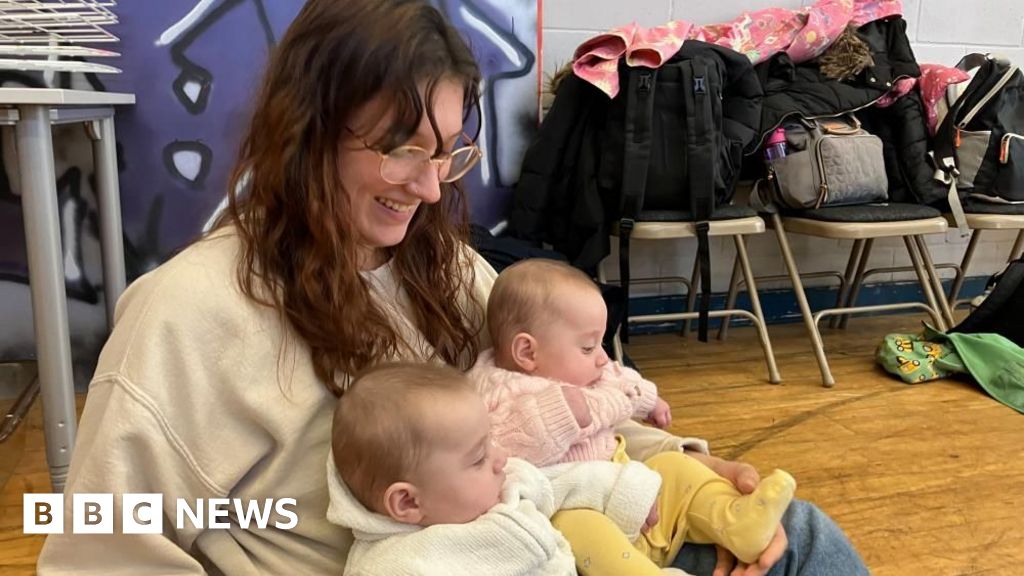 BBC
BBCThere has been an increase in the number of babies who are breastfed in Devon and Cornwall, new government figures reveal.
It is higher than the average for England, which is the…

 BBC
BBCThere has been an increase in the number of babies who are breastfed in Devon and Cornwall, new government figures reveal.
It is higher than the average for England, which is the…